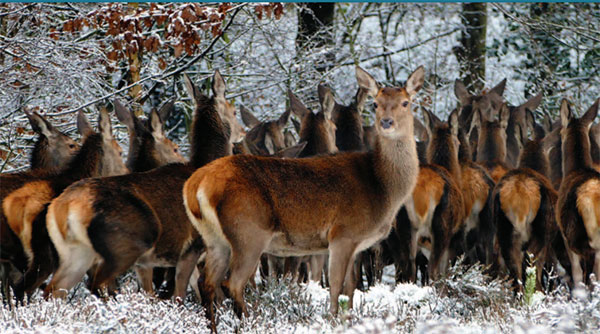Why NOT to feed Deer in the Phoenix Park

Friendly service and very decent bikes
November 1, 2016
Students visiting the Phoenix Park
December 6, 2017Understanding why it is important NOT to feed the deer in the park 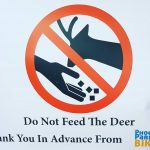
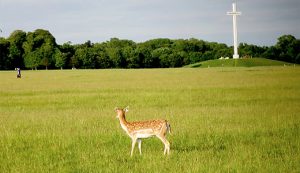 It is so important to understand that while it may be an enjoyable experience for you to feed wild animals, it is actually extremely dangerous and very harmful to the animals to be fed by you.
It is so important to understand that while it may be an enjoyable experience for you to feed wild animals, it is actually extremely dangerous and very harmful to the animals to be fed by you.
Many enjoy seeing white-tailed deer up close and feel good about providing an easy meal, especially when food seems scarce. Unfortunately, despite the immediate pleasure for human and deer, feeding any wild animal causes more harm than good.
When and where such feeding is done, it is undertaken only – if not expressly for the interest of people – the animals that are being fed almost invariably will not benefit and very likely will be harmed by the practice…
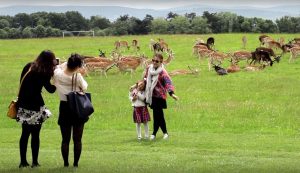 1. Habituation Deer that are fed by humans become dependent on the easy food source and stop foraging. Deer are much better at feeding themselves on their own. When you feed deer and then stop, or when the food temporarily runs out, they will go hungry and become a nuisance as they search for more easy food. This can lead to many complications within the park between humans and wildlife.
1. Habituation Deer that are fed by humans become dependent on the easy food source and stop foraging. Deer are much better at feeding themselves on their own. When you feed deer and then stop, or when the food temporarily runs out, they will go hungry and become a nuisance as they search for more easy food. This can lead to many complications within the park between humans and wildlife.
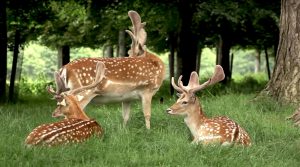 2. Disrupting their natural biology
2. Disrupting their natural biology
It’s easy to feel empathy for deer during a harsh winter, with no apparent food to eat. It may seem they depend on you to survive. Deer, however, are adapted for surviving long, cold winters. Their fur provides insulation. Deer stock up on fat in the autumn so they do not need to eat much in the winter. Additionally, their metabolism slows and they restrict movement to conserve calories. By spring, the deer have slimmed down but are healthy. Feeding deer, especially with high-calorie food, interrupts this natural pattern and speeds up their metabolism, making them burn their fat reserves faster.
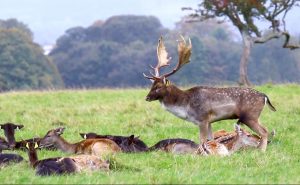 3. Spreading disease
3. Spreading disease
Under normal circumstances deer spread out when they forage. However, when deer are given supplemental food or fed daily by humans, they congregate closer than they would in the wild. Close proximity is a way for deer to spread disease. By not giving deer an incentive to congregate, you help slow disease transmission.
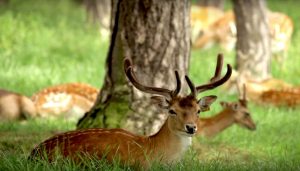 Keep in mind that deer are wild animals, not pets. For their benefit and yours, it’s better if they stay wild.
Keep in mind that deer are wild animals, not pets. For their benefit and yours, it’s better if they stay wild.
Deer are unpredictable wild animals and can move, at times with great strength and speed.
It is dangerous to approach the deer particularly during May, June and July when the females are protecting their young and around September and October during mating season.
Deer are naturally very timid animals but in the Phoenix Park they are starting to lose their fear of humans due to being fed by them. When they see someone standing with food in their hand they now sometimes approach, and this can be dangerous. This is not just dangerous to people, but to the deer as well. They can only digest certain foods, and if they’re given too much of a food they can’t digest it can kill them.
Feeding Deer — however well intentioned — either compromises the animal’s wildness or wellness, or it interferes with the essential natural processes of selection.
Feeding Deer: Just Say No
